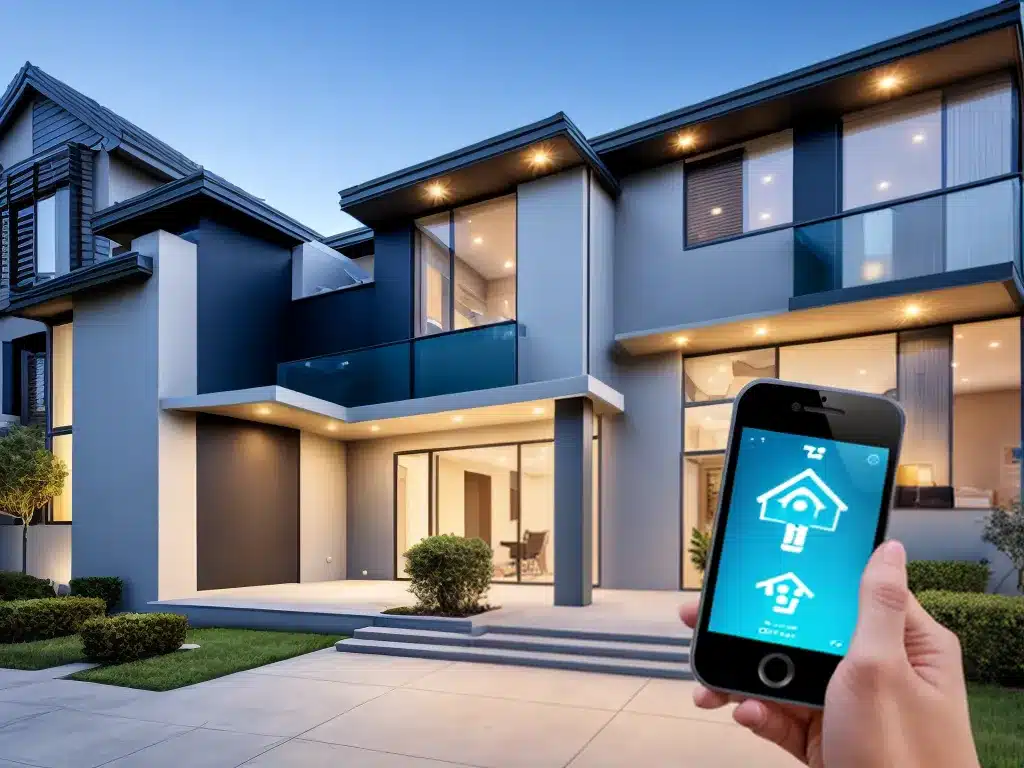
With smart homes becoming increasingly popular, it’s more important than ever to have a proper backup plan in place. Here’s what I’ve learned about backing up my smart home devices and data:
Why You Need Backups
There are a few key reasons why I make sure to regularly back up my smart home:
Prevent Data Loss
Like any devices, smart home gadgets can fail or get damaged. If the device breaks or dies, any data stored locally could be lost forever. This includes things like:
- Voice assistant recordings
- Smart camera footage
- Automation routines and schedules
- Device settings and configurations
Backups protect me from losing all that data.
Restore After Problems
Backups aren’t just for device failures. They can also help restore things if a software glitch or hacker causes problems.
For example, a faulty firmware update could cause connectivity issues or reset devices to factory defaults. With a recent backup, I can restore my settings instead of having to set everything up from scratch again.
Migrate to New Devices
When I upgrade smart home gadgets, I can use backups to transfer over data and configurations to the new devices.
This makes swapping out old gadgets quick and painless. I don’t have to redo all my customization.
What to Back Up
I make sure to regularly back up three main things for my smart home:
Device Data and Media
I back up data stored locally on smart home gadgets, like:
-
Smart security camera footage – This ensures I have access to historical recordings if the camera fails or gets damaged.
-
Voice assistant audio recordings – Backing these up provides a transcript of requests in case I need to review.
-
Automation recipes – Backups preserve my complex routines for lights, locks, and other devices.
Device Settings and Configurations
I also backup the settings and configurations for each device, which includes:
-
Wi-Fi details – Backups save the SSID and password for easy reconnection.
-
User accounts – I can restore any user profiles or permissions.
-
Custom names – The unique names I’ve given each device and room.
-
Integrations – Any connections with third-party apps and services.
Hub/Controller Backups
For the central smart home hub or controller, I back up:
- Device pairing info
- Overall system configuration
- Automation routines
- Custom voice commands
This covers the “brains” of my smart home system.
How to Back Up Your Smart Home
There are a few options for backing up your smart home system:
Cloud Storage Services
Many devices now integrate with cloud storage services like Google Drive or Dropbox. This allows automatic backups to the cloud.
For example, Google Home devices can back up recordings and routines to Google Drive. Check your device app for cloud backup options.
Local Storage and Networks
You can also back up locally to a spare hard drive, NAS device, or networked server.
I use a Synology NAS on my home network to regularly back up my smart home data.
Manual Exports
If your devices don’t support automatic backups, most allow you to manually export data and settings. You can then store the export files locally or in the cloud.
Check your device manuals for details on this backup method.
When to Back Up Your Smart Home
I make sure to back up my smart home:
-
Once a month – Regular monthly backups catch any new data.
-
Before major firmware updates – Backing up before updates prevents data loss issues.
-
When removing or replacing devices – I back up before swapping out any gadgets.
-
After making major configuration changes – Backups preserve my latest settings.
** unexpected issues like internet outages or power surges** – I back up as soon as possible in case components got damaged.
Don’t Wait Until It’s Too Late!
Having backups is crucial for protecting your smart home devices and data. Make sure to implement regular backup procedures before disaster strikes. Test restoration periodically to verify your backups are working properly. With a little planning, you can relax knowing your smart home is backed up and safe. Don’t wait until it’s too late!












